In a new paper in the journal Nature, BIDMC researchers shed light on the role of antibodies and immune cells in protection against SARS-CoV-2, the virus that causes COVID-19, in rhesus macaques.
Category: Research Results
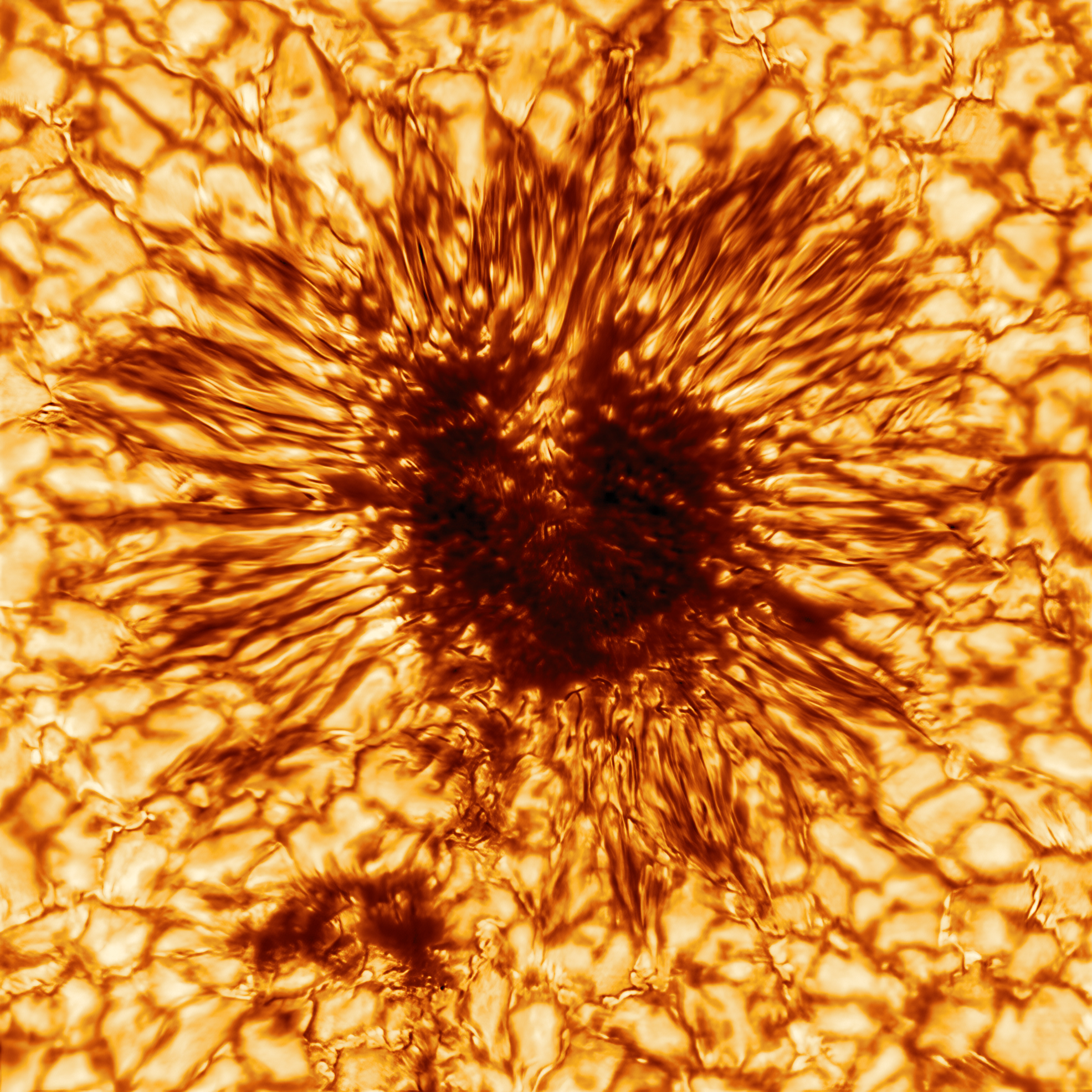
NSF’s Inouye Solar Telescope Releases First Image of a Sunspot
The U.S. NSF’s Daniel K. Inouye Solar Telescope just released its first image of a sunspot. The telescope’s four-meter primary mirror will give the best views of the Sun from Earth throughout the next solar cycle. This image is an indication of the telescope’s advanced optics. The image is released along with the first of a series of Inouye-related articles featured in the Solar Physics Journal.
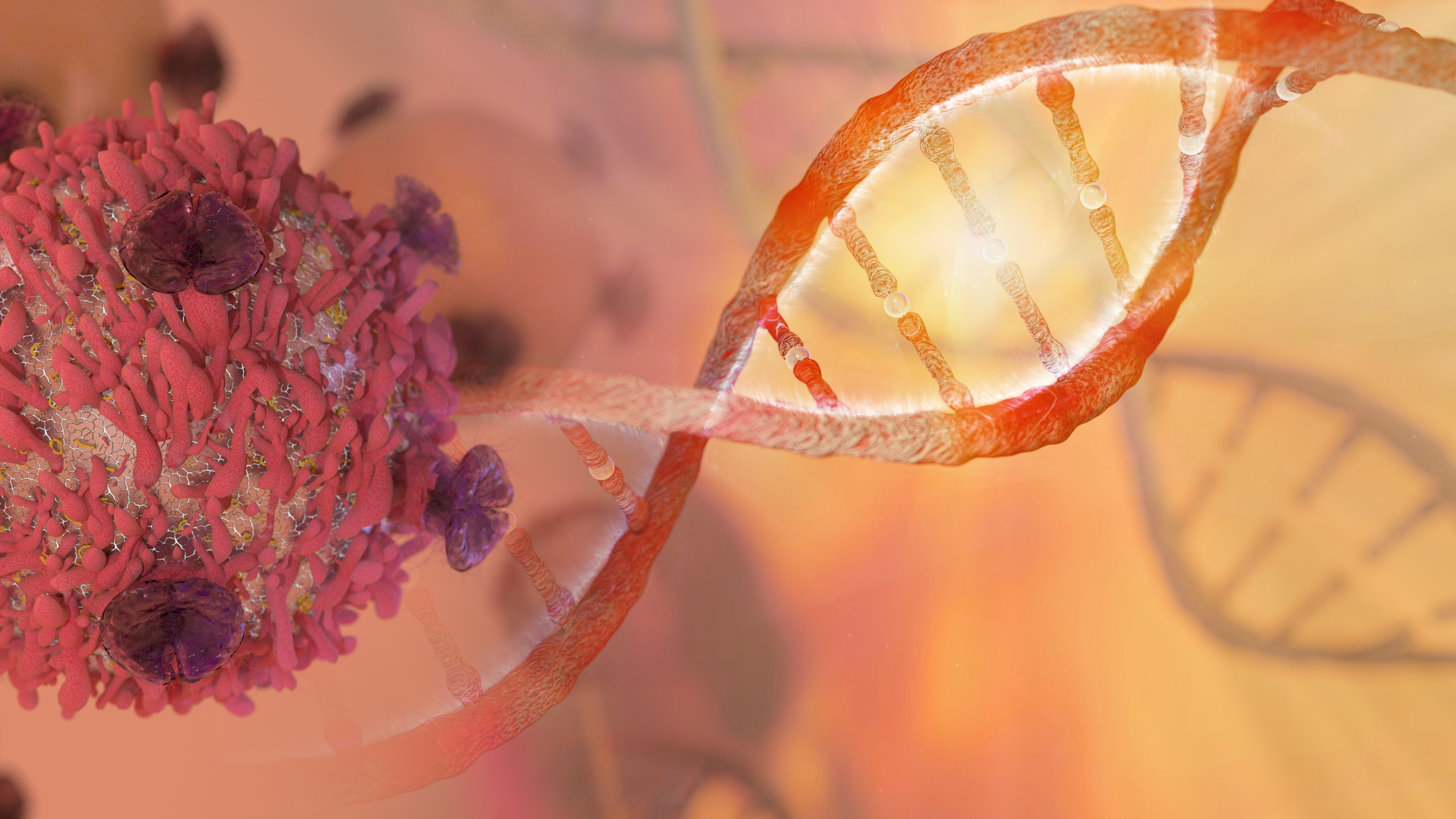
Exploration of Genomic Ancestry in B-Cell Malignancies Identifies Multiple Important Genomic Differences
Investigators from Foundation Medicine, Inc. and Rutgers Cancer Institute of New Jersey, the state’s only National Cancer Institute-designated Comprehensive Cancer Center, examined genomic ancestry in BCL subtypes applying genomic ancestry prediction methodology to comprehensive genomic profiling data and found multiple genomic differences. Results of the study will be shared at the virtual American Society of Hematology Annual Meeting.
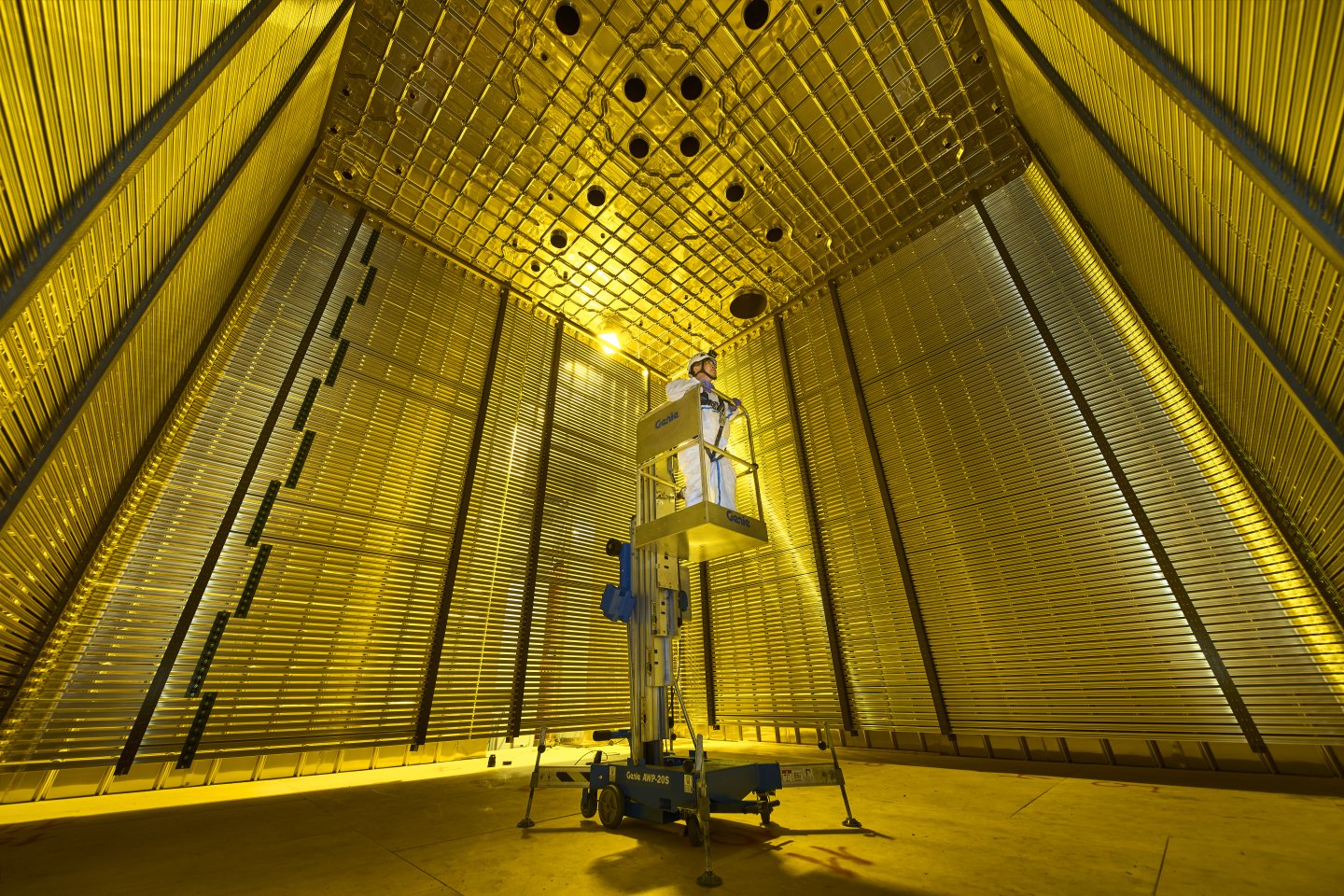
DUNE publishes first physics results from prototype detector
Results from the ProtoDUNE single-phase detector at CERN pave the way for detectors 20 times larger for the international Deep Underground Neutrino Experiment, hosted by Fermilab.
Pathways to sustainable land use and food systems
The findings of a new report suggest that integrated strategies across food production, biodiversity, climate, and diets can meet the objectives of the Paris Agreement and the Sustainable Development Goals (SDGs).
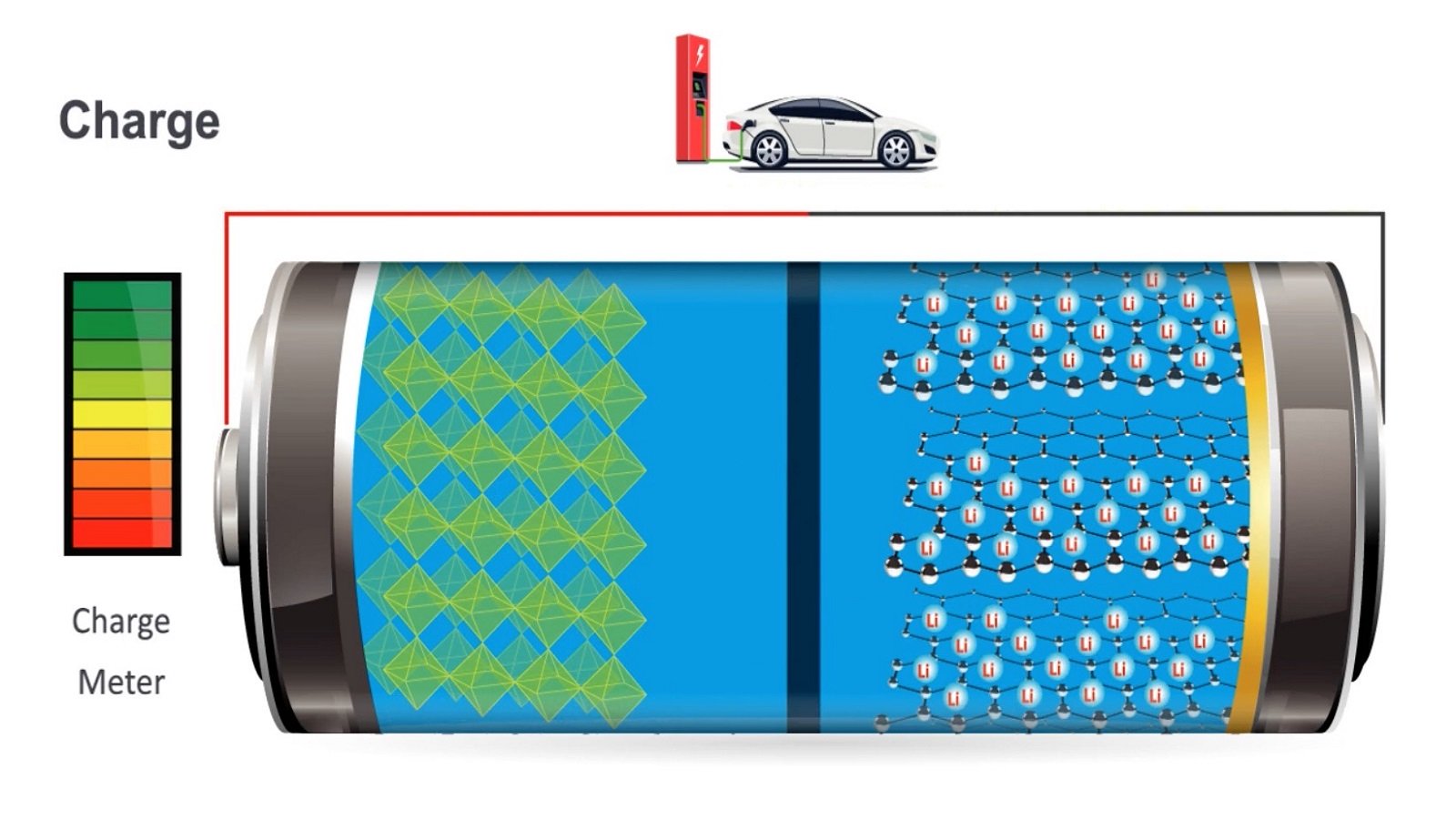
Battery of tests: Scientists figure out how to track what happens inside batteries
The new method could be the key to designing more efficient batteries for specific uses, like electric cars and airplanes.
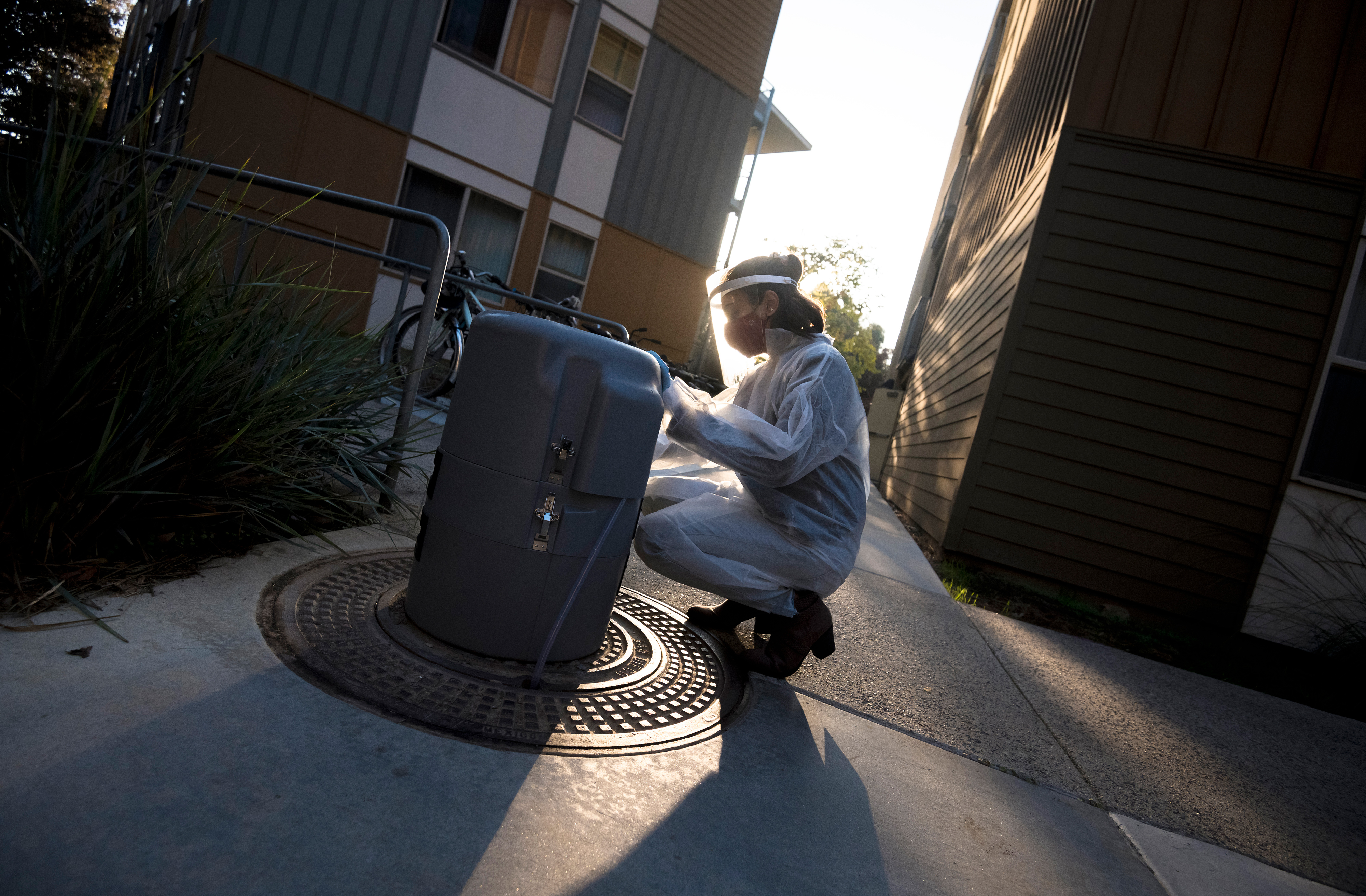
UC San Diego Bolsters Aggressive Return to Learn Plan to Prevent Outbreaks on Campus
UC San Diego’s nationally recognized, evidence-based Return to Learn program employs a comprehensive suite of education, monitoring, testing, intervention and notification tools that no other university is using. And the program continues to expand—including a recent introduction of weekly self-administered student testing kits, growth of the campus’s wastewater viral monitoring program and widespread use of the cellphone-based CA COVID Notify exposure notification system.
Gestational age linked to ADHD in children with Down syndrome
A new study by the UC Davis MIND Institute finds a connection between gestational age and ADHD in children with Down syndrome. An earlier gestational age is linked to higher ADHD symptoms later in childhood.

Researchers discover how bean plants fend off famished foes
A team led by scientists at the University of Washington and the University of California, San Diego has discovered that cowpeas — a type of bean plant — harbor receptors on the surface of their cells that can detect a compound in caterpillar saliva and initiate anti-herbivore defenses.
Pediatric ER Saw Steep Drop in Asthma Visits During Spring COVID-19 Lockdown
A new study published online in the Annals of the American Thoracic Society discusses a steep drop off from prior years in asthma-related emergency department (ED) visits at Boston Children’s Hospital during the spring 2020 COVID-19 surge and lockdown.

Tomato could get genetic reboot from wild ancestor
Researchers from Boyce Thompson Institute have created a reference genome for the predecessor of the modern tomato, and discovered sections that underlie fruit flavor and disease resistance, among other characteristics.
Advancing Gene Editing With New CRISPR/Cas9 Variant
Researchers report the ability to improve safety and efficacy using a CRISPR-Cas9 variant known as miCas9.
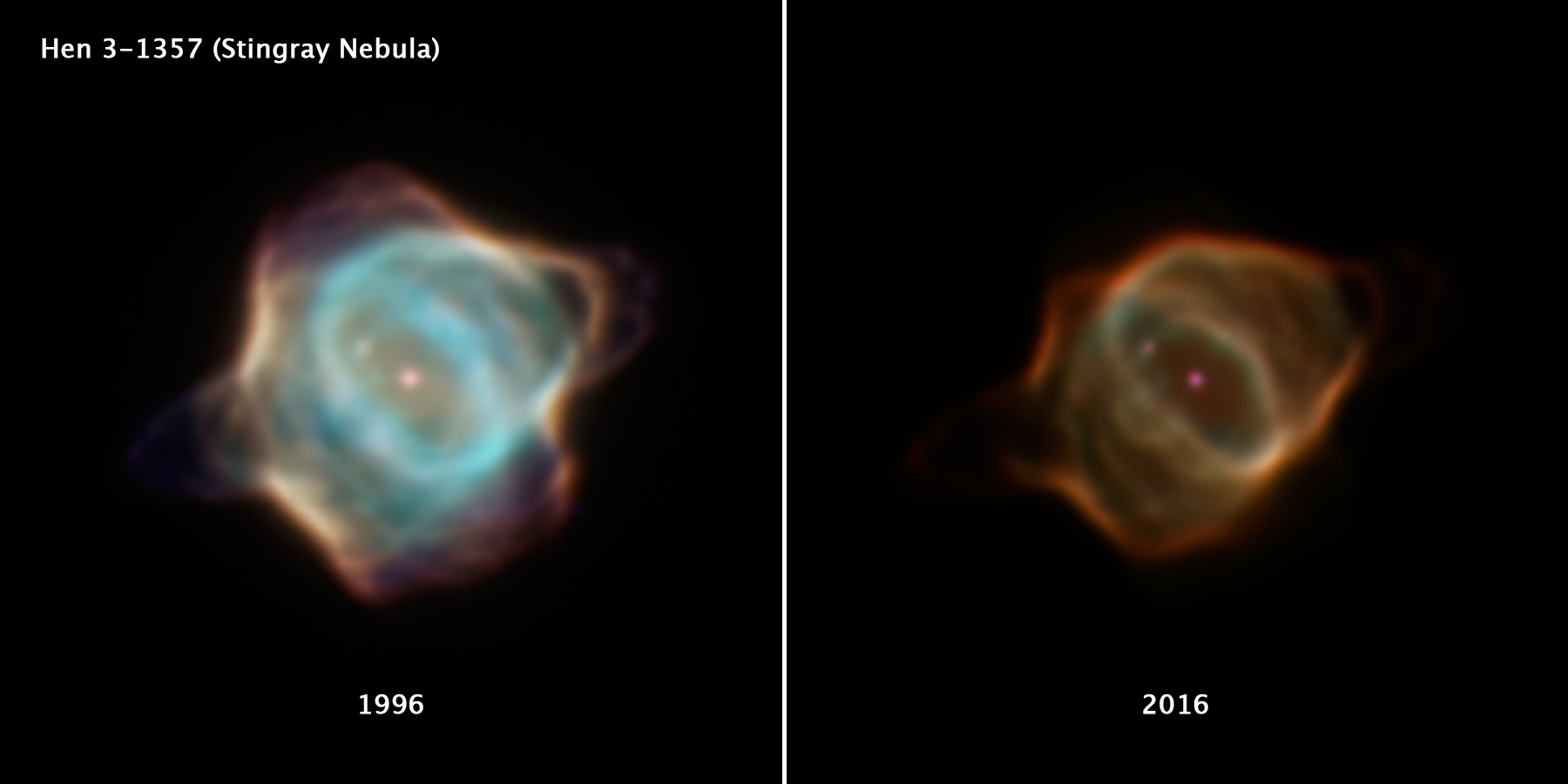
Leaving so soon? Unusual planetary nebula fades mere decades after it arrived
Using images from the Hubble Space Telescope, astronomers have discovered that the Stingray Nebula, the youngest planetary nebula in our sky, has faded dramatically over the course of just 20 years. If dimming continues at current rates, in 20 or 30 years the Stingray Nebula will be barely perceptible.

Study finds COVID-19 hindering US academic productivity of faculty with young children
The academic productivity of higher education faculty In the United States in the science, technology, engineering, mathematics, and medicine (STEMM) fields with very young children suffered as a result of the stay-at-home orders during the early months of the coronavirus pandemic, according to a new study by researchers at the University of Tennessee Health Science Center, the University of Florida College of Medicine, and the University of Michigan School of Medicine.

Impactful science teaching requires minimum five hours instruction weekly
Teachers with at least five hours allotted for weekly science instruction are more likely to implement hands-on, inquiry-oriented teaching — a 21st century approach to science teaching lauded by science and education experts — in their classrooms.

Can we make bones heal faster?
A new paper in Science Advances describes for the first time how minerals come together at the molecular level to form bones and other hard tissues, like teeth and enamel.
Testosterone May Contribute to More Severe COVID-19 Disease
New research suggests that levels of the sex hormones estrogen and testosterone could contribute to infection risk and severity of COVID-19.
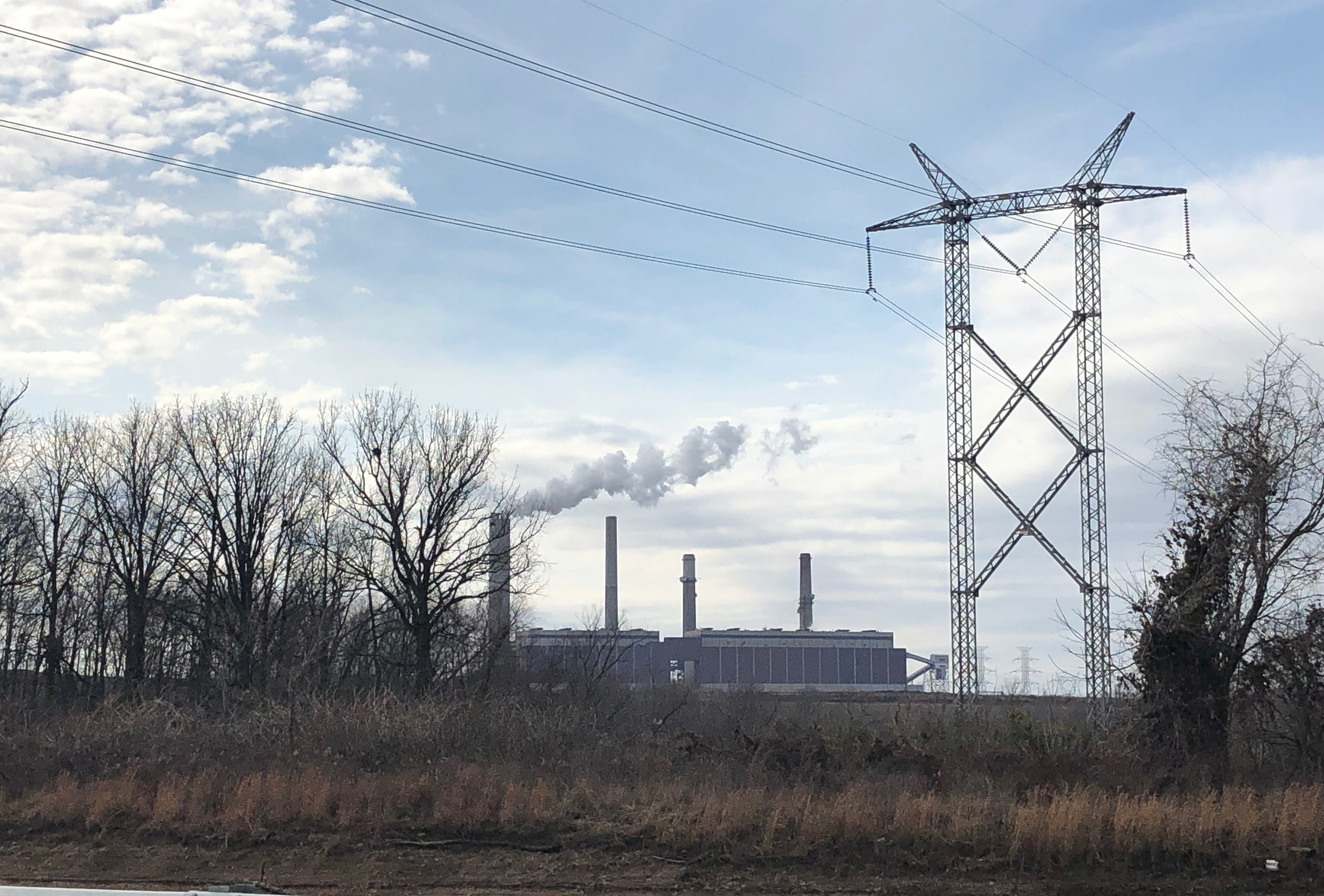
Shuttering Fossil Fuel Power Plants May Cost Less Than Expected
Decarbonizing U.S. electricity production will require both construction of renewable energy sources and retirement of power plants now operated by fossil fuels. A generator-level model described in the December 4 issue of the journal Science suggests that most fossil fuel power plants could complete normal lifespans and still close by 2035 because so many facilities are nearing the end of their operational lives.

Tire-related chemical is largely responsible for adult coho salmon deaths in urban streams
A team led by researchers at the University of Washington Tacoma, UW and Washington State University Puyallup have discovered a chemical that kills coho salmon in urban streams before the fish can spawn.

Chicago neighborhoods with barriers to social distancing had higher COVID-19 death rates
New research has found that Chicago neighborhoods with barriers to social distancing, including limited access to broadband internet and low rates of health insurance, had more COVID-19 deaths in spring 2020. The study, led by researchers at the University of Illinois Chicago, is published in the Annals of Epidemiology.
No ‘one-size-fits-all solution’ for children exposed to domestic violence, researchers say
Researchers surveyed 105 agencies to better understand service, policy and research needs—and get feedback about potential strategies to protect children from intimate partner violence.
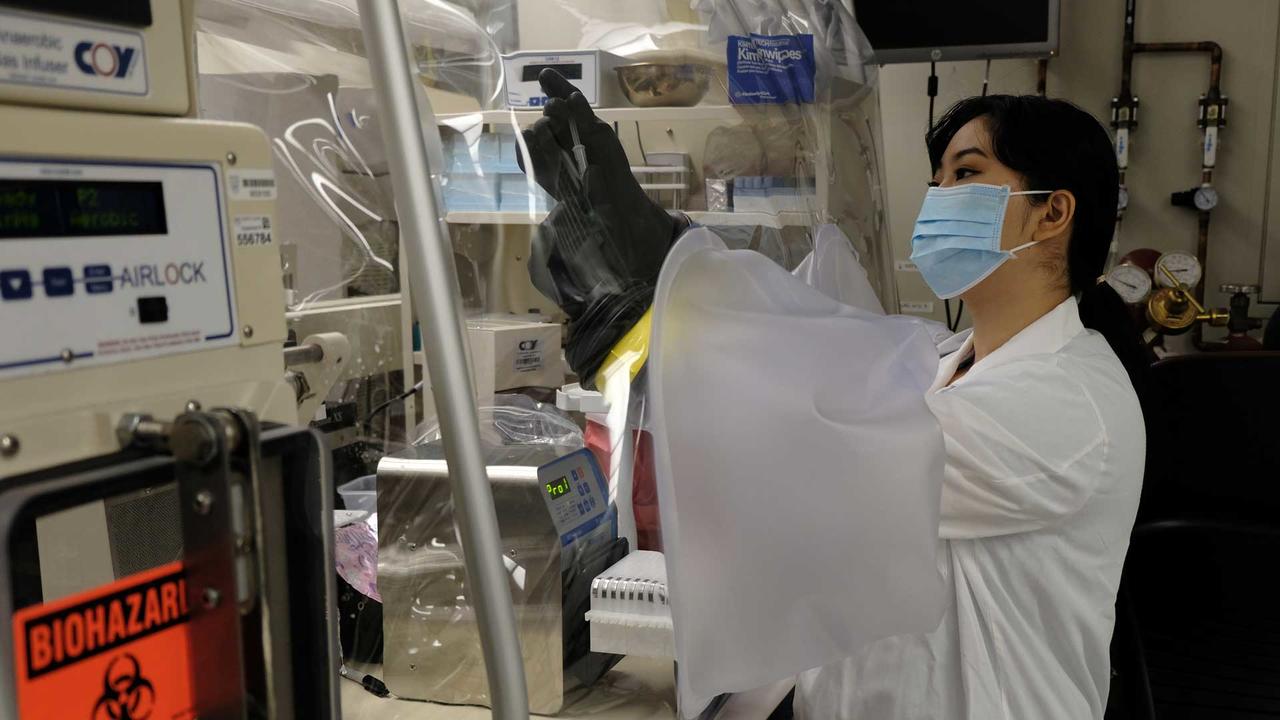
At Mayo Clinic, Wellesley Alumna Continues Senior Thesis Research on Mysteries of Vaginal Microbiomes
When Stephanie Song ’19 started working in the microbiome program at the Mayo Clinic in Rochester, Minnesota, as a summer intern after her sophomore year at Wellesley, she didn’t have any research experience.
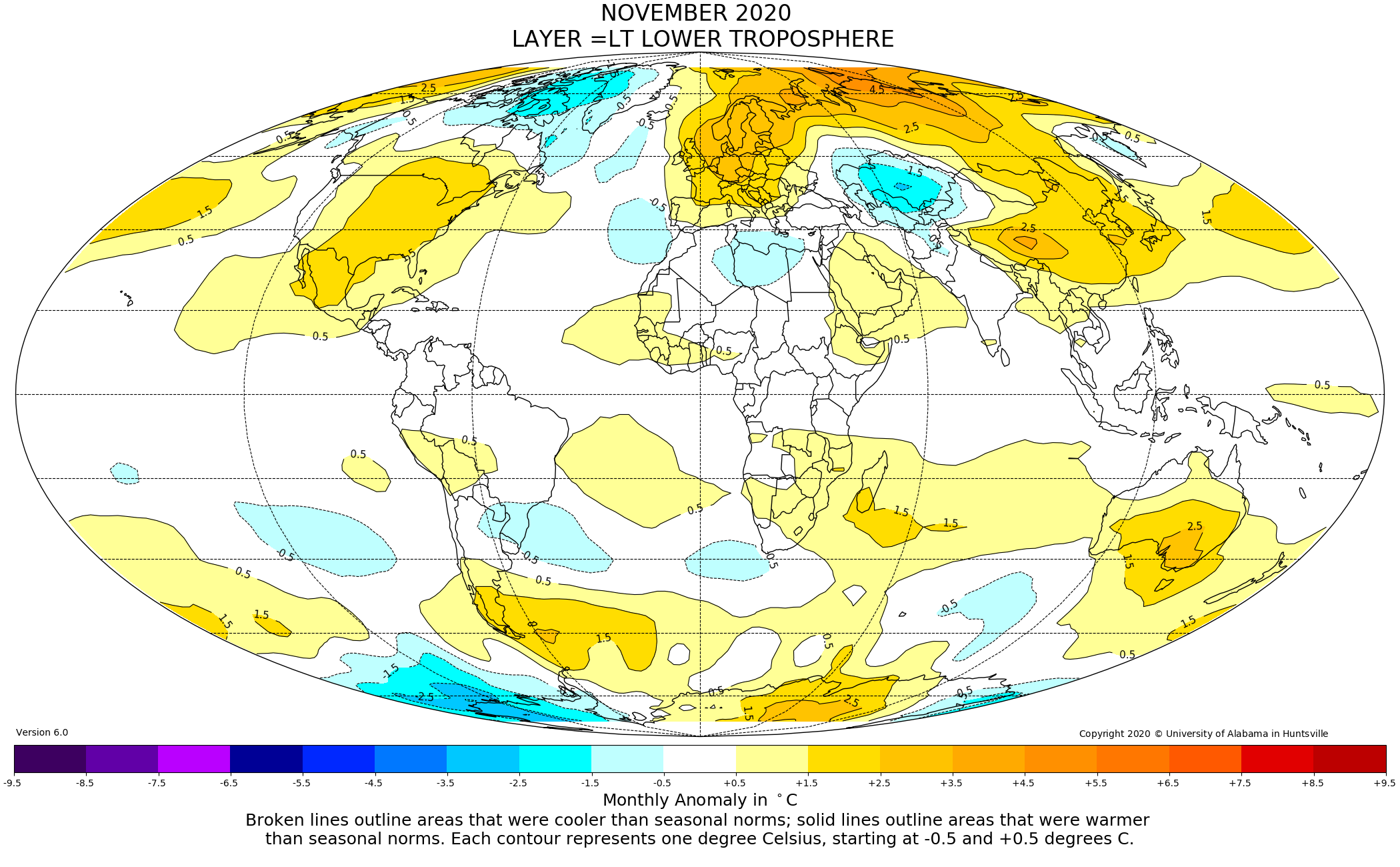
Global climate trend since Dec. 1 1978: +0.14 °C (+0.25 °F) per decade
Global Temperature Report: November 2020

Development of New Stem Cell Type May Lead to Advances In Regenerative Medicine
DALLAS – Dec. 3, 2020 – A team led by UT Southwestern has derived a new “intermediate” embryonic stem cell type from multiple species that can contribute to chimeras and create precursors to sperm and eggs in a culture dish.
Mortality rate after cancer surgery drops during 10-year period, but gap persists between Black and white patients
Mortality rates after cancer surgery declined for Black as well as white patients during a recent ten-year period, although the mortality gap between the two groups did not narrow, according to new research by Dana-Farber Cancer Institute, Brigham and Women’s Hospital, and Harvard University investigators.
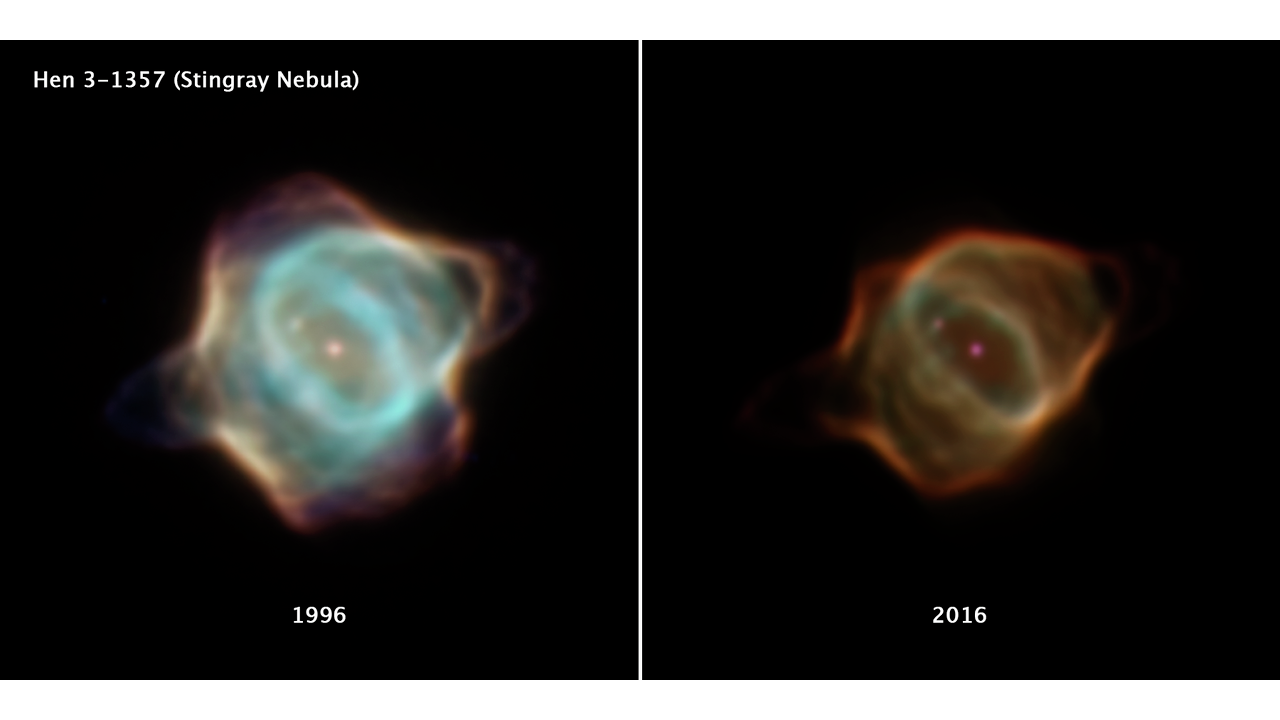
Hubble Captures Unprecedented Fading of Stingray Nebula
Great things take time. This is true when it comes to many processes in the universe. For example, it takes millions of years for stars—the building blocks of the universe—to form. Then, many stars last for billions of years before they die and begin to eject shells of gas that glow against the vastness of space—what we call nebulas. It can be exceedingly rare to capture some of these processes in real time.
Lucky for us, it seems as if the Stingray nebula, Hen 3-1357, was destined to stand out from the crowd since its beginnings. It was dubbed the youngest known planetary nebula in 1998 after Hubble caught a rare peek at the central star’s final stages of life. Now, twenty years after its first snapshot, the Stingray nebula is capturing the attention of astronomers again for a very different reason.
Images from 2016 show a nebula that has drastically faded over the last two decades. Additionally, shells of gas that surrounded the central star have changed, no longer as crisp as
Nearly Half of Community Health Center Patients Qualify for Phase One COVID-19 Vaccinations
Nearly half of all patients served by community health centers (CHCs) qualify for phase one COVID-19 immunizations under priority guidelines established by the Centers for Disease Control and Prevention, according to a new analysis produced by researchers at the Geiger Gibson/RCHN Community Health Foundation Research Collaborative.
How a police contact by middle school leads to different outcomes for Black, white youth
A new University of Washington study finds that Black youth are more likely than white youth to be treated as “usual suspects” after a first encounter with police, leading to subsequent arrests over time. Even as white young adults report engaging in significantly more illegal behavior, Black young adults face more criminal penalties.
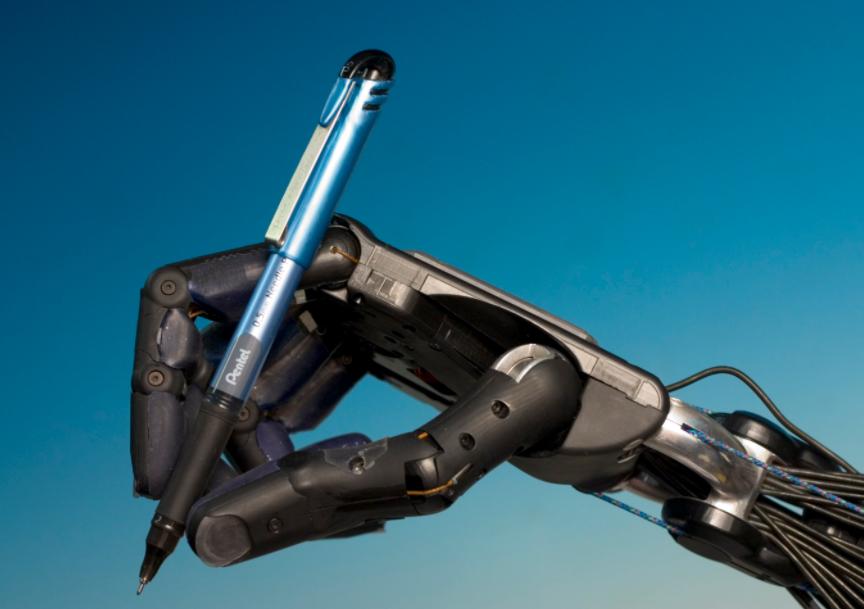
Robot hands one step closer to human thanks to WMG AI algorithms
The Shadow Robot Dexterous Hand is comparable to a human hand, reproducing all of its degrees of freedom

Anorexia Nervosa Treatment: Patients Tolerate Rapid Weight Gain With Meal-Based Behavioral Support
A new study by Johns Hopkins Medicine researchers of adults hospitalized for the eating disorder anorexia nervosa has strengthened the case for promoting rapid weight gain as part of overall efforts for a comprehensive treatment plan. The study findings, after analyzing data regarding 149 adult inpatients with anorexia nervosa in the Johns Hopkins Eating Disorders Program, stand in contrast to long held beliefs that patients would not tolerate a faster weight gain plan because it would be too traumatic.
Media Alert – COVID-19 New Findings: FLCCC Alliance News Conference
Prophylaxis & Treatment Protocols for Covid-19

Is this your brain on Mozart? Music, seizures, and epilepsy
A recent one-year study found a 35% decrease in seizure frequency in people with epilepsy who listened to an excerpt of Mozart’s Sonata for Two Pianos. Research in animal models also suggests that music has multiple effects on the brain.
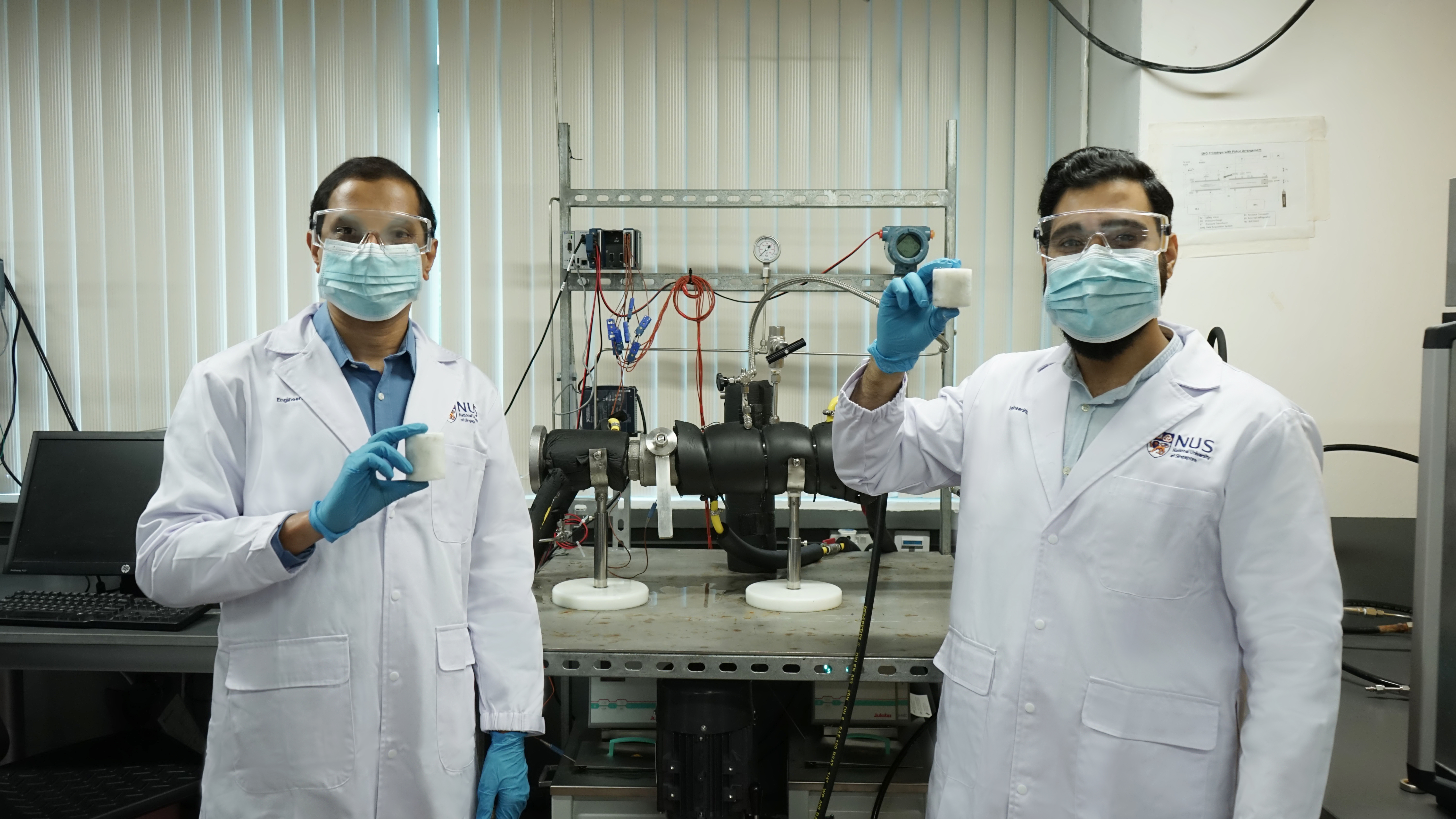
NUS engineers invent fast and safe way to store natural gas for useful applications
Engineers from NUS have devised a method to convert natural gas into a non-explosive solid form known as gas hydrates, which can be easily stored and transported. Using a novel, low-toxicity additive mixture, the conversion can be completed in just 15 minutes – the fastest time ever reported.
Amino Acid Connected to NAFLD Could Provide Treatment Clues
Basic science research explores the effects of impaired glycine metabolism in nonalcoholic fatty liver disease – and how to potentially use glycine-based treatment to help people with NAFLD.

The Medical Minute: Helping young athletes return to play safely after COVID-19
Young athletes in central Pennsylvania can’t wait to start basketball and wrestling season. But with the COVID-19 pandemic raging, parents wonder how their children can stay safe. And, if their child gets COVID-19, parents wonder when it’s safe for that child to get back to competitive sports.

University of North Dakota astronomers discover source of many meteorites
Every meteoroid has a story to tell; before they flash across our sky, the celestial objects have traveled around the solar system for billions of miles and millions of years. And now, astronomers at the University of North Dakota may have found a key “origin story,” the source of 40 percent of the meteorites that fall to Earth.
Those meteorites likely arose from a “cosmic crime scene” that took place in the distant past, in which an asteroid called (6) Hebe collided catastrophically with another asteroid, say Assistant Professor Sherry Fieber-Beyer and Professor Mike Gaffey of UND’s Space Studies Department.

High-impact research: How meteorite strikes may change quartz on the Earth’s surface
Scientists using a unique combination of capabilities at the Advanced Photon Source have learned more about how meteorites affect one of the most abundant materials in the Earth’s crust.

Potential Means Of Improving Learning And Memory In People With Mental Illnesses
More than a dozen drugs are known to treat symptoms such as hallucinations, erratic behaviors, disordered thinking and emotional extremes associated with schizophrenia, bipolar disorder and other severe mental illnesses. But, drug treatments specifically able to target the learning, memory and concentration problems that may accompany such disorders remain elusive.
Male-dominated background affects CEOs’ decisions, new study finds
Male CEOs who experienced gender imbalance in their formative years are more likely to promote women into peripheral divisions of their companies and give them less capital, according to a recent study by W. P. Carey School of Business Professor Denis Sosyura.
Autism study suggests connection between repetitive behaviors, gut problems
In children with autism, repetitive behaviors and gastrointestinal problems may be connected, new research has found. The study found that increased severity of other autism symptoms was also associated with more severe constipation, stomach pain and other gut difficulties.

New Platform Generates Hybrid Light-Matter Excitations in Highly Charged Graphene
Columbia University researchers report that they have achieved plasmonically active graphene with record-high charge density without an external gate. They accomplished this by exploiting novel interlayer charge transfer with a two-dimensional electron-acceptor known as -RuCl3. “This work allows us to use graphene as a plasmonic material without metal gates or voltage sources, making it possible to create stand-alone graphene plasmonic structures for the first time,” said Mechanical Engineering Prof. James Hone.

New activity found for CHD7, a protein factor vital in embryonic development
Researchers inactivated the gene for CHD7 — whose mutation causes congenital birth defects — in mouse embryos, and then rigorously probed how this change in developing cardiac neural crest cells caused severe defects in the outflow tract and great arteries, leading to perinatal lethality.
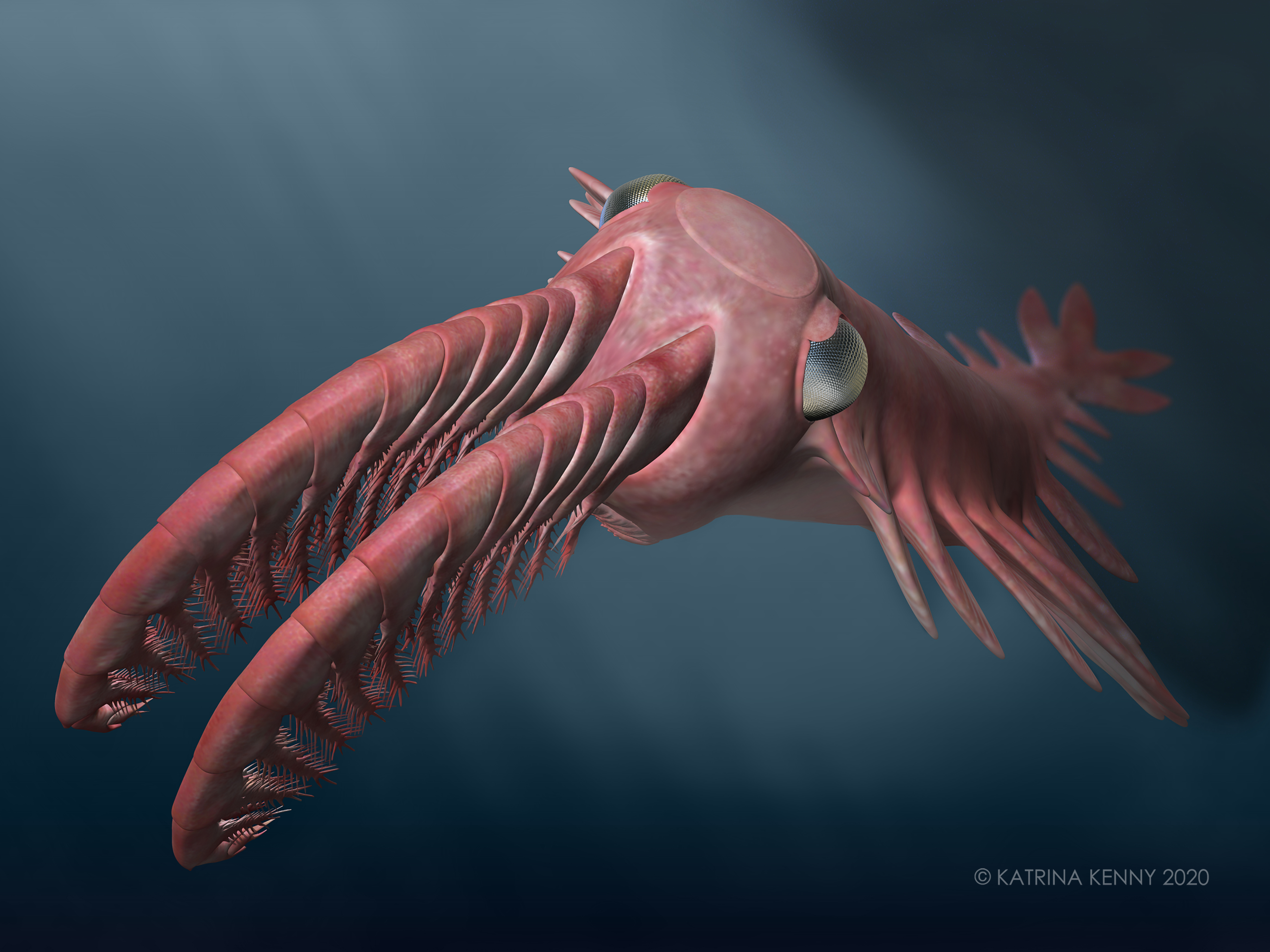
Incredible vision in ancient marine creatures drove an evolutionary arms rac
Ancient deep sea creatures called radiodonts had incredible vision that likely drove an evolutionary arms race according to new research published today.
Study Finds 10 Metabolites Associated with Risk of Stroke
Metabolites are small molecules found in our body’s cells. They come from the food we eat, chemical processes happening within our bodies and microbes. A new analysis of recent studies has found that the levels of 10 metabolites detected in the blood are associated with a person’s risk of stroke. The research is published in the December 2, 2020, online issue of Neurology®, the medical journal of the American Academy of Neurology.
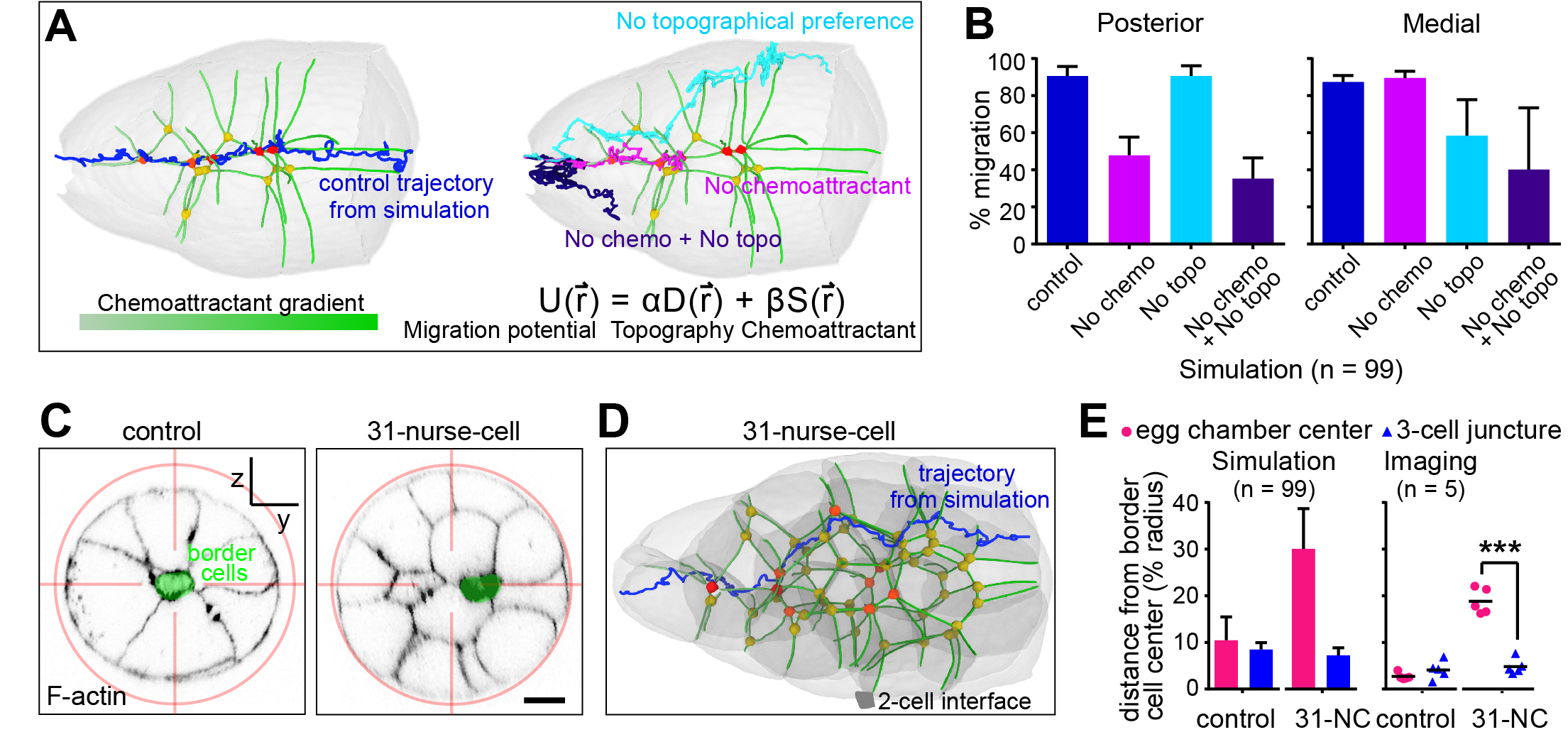
Scientists Use Geometry to Track Cell Migrations
A team of physicists and biologists investigate the effect that the geometry of the biological environment has on cellular movement. Their findings are published in the journal Science.
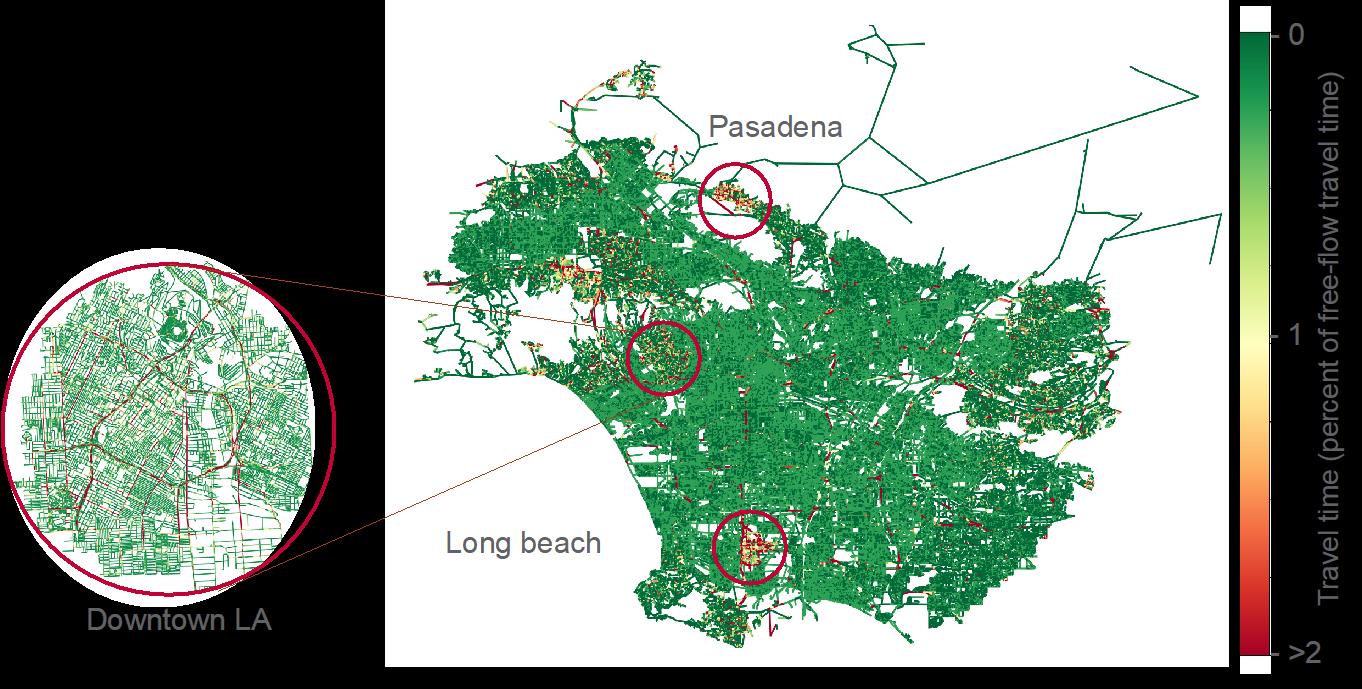
New Machine Learning Tool Tracks Urban Traffic Congestion
Using public data from the entire 1,500-square-mile Los Angeles metropolitan area, PNNL researchers reduced the time needed to create a traffic congestion model by an order of magnitude, from hours to minutes.
To Increase Organs Available for Transplantation, Reassess Organ Procurement Organizations’ Metrics
In a new paper, published in JAMA Surgery, researchers found the metrics used to rank organ procurement organizations don’t create an even playing field for organizations, and lead to inaccuracies.
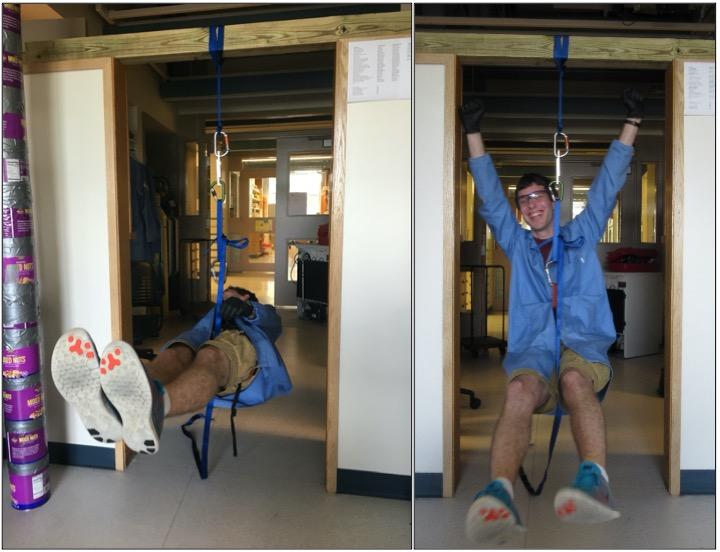
New glue sticks easily, holds strongly, and is a gas to pull apart
Temporary glues may not steal headlines, but they can make everyday life easier.
Study on placenta membrane cells identifies new genetic markers associated with preterm birth
A new research study from the March of Dimes Prematurity Research Center led by investigators at the University of Chicago has identified new genetic markers associated with gestational length, providing new insights into potential risk factors for preterm birth.

Best Region For Life on Mars Was Far Below Surface
The most habitable region for life on Mars would have been up to several miles below its surface, likely due to subsurface melting of thick ice sheets fueled by geothermal heat, a Rutgers-led study concludes. The study, published in the journal Science Advances, may help resolve what’s known as the faint young sun paradox – a lingering key question in Mars science.